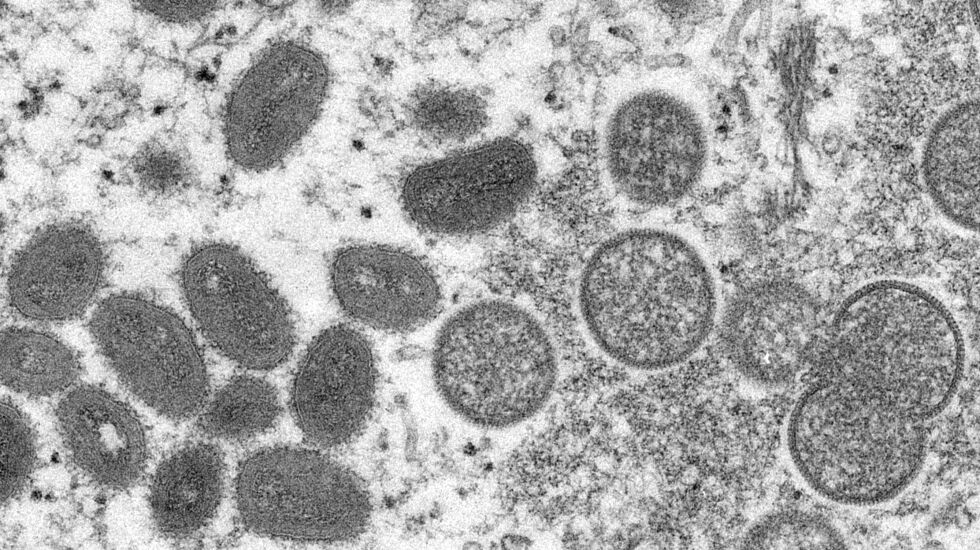
A Chicago man who recently traveled to Europe may be the first person diagnosed with monkeypox in Illinois, state and city health officials said Thursday.
Monkeypox is a rare but potentially serious virus that has been spotted in other states and across Europe in recent months.
The man remains isolated and there is nothing currently suggesting a “great risk of extensive local spread of the virus,” according to the Illinois Department of Public Health and the Chicago Department of Public Health.
“CDPH and IDPH are working closely with the [Centers for Disease Control and Prevention] and the patient’s health care providers to identify individuals with whom the patient may have been in contact while they were infectious,” CDPH and IDPH said in a joint statement.
“This contact tracing approach is appropriate given the nature and transmission of the virus. The person did not require hospitalization and is isolating at home in good condition. To protect patient confidentiality, no further details relating to the patient will be disclosed.”
Preliminary testing for the virus was done Wednesday at an IDPH lab. The local health agencies are awaiting final results from the CDC, health officials said.
Monkeypox, which is more typically seen in Central Africa and West Africa, begins with flu-like symptoms, progresses to swollen lymph nodes, and then a rash on the face and body, health officials say.
“Person-to-person transmission is possible through close physical contact with monkeypox sores, items that have been contaminated with fluids or sores (clothing, bedding, etc.), or through respiratory droplets following prolonged face-to-face contact,” according to IDPH and CDPH.







